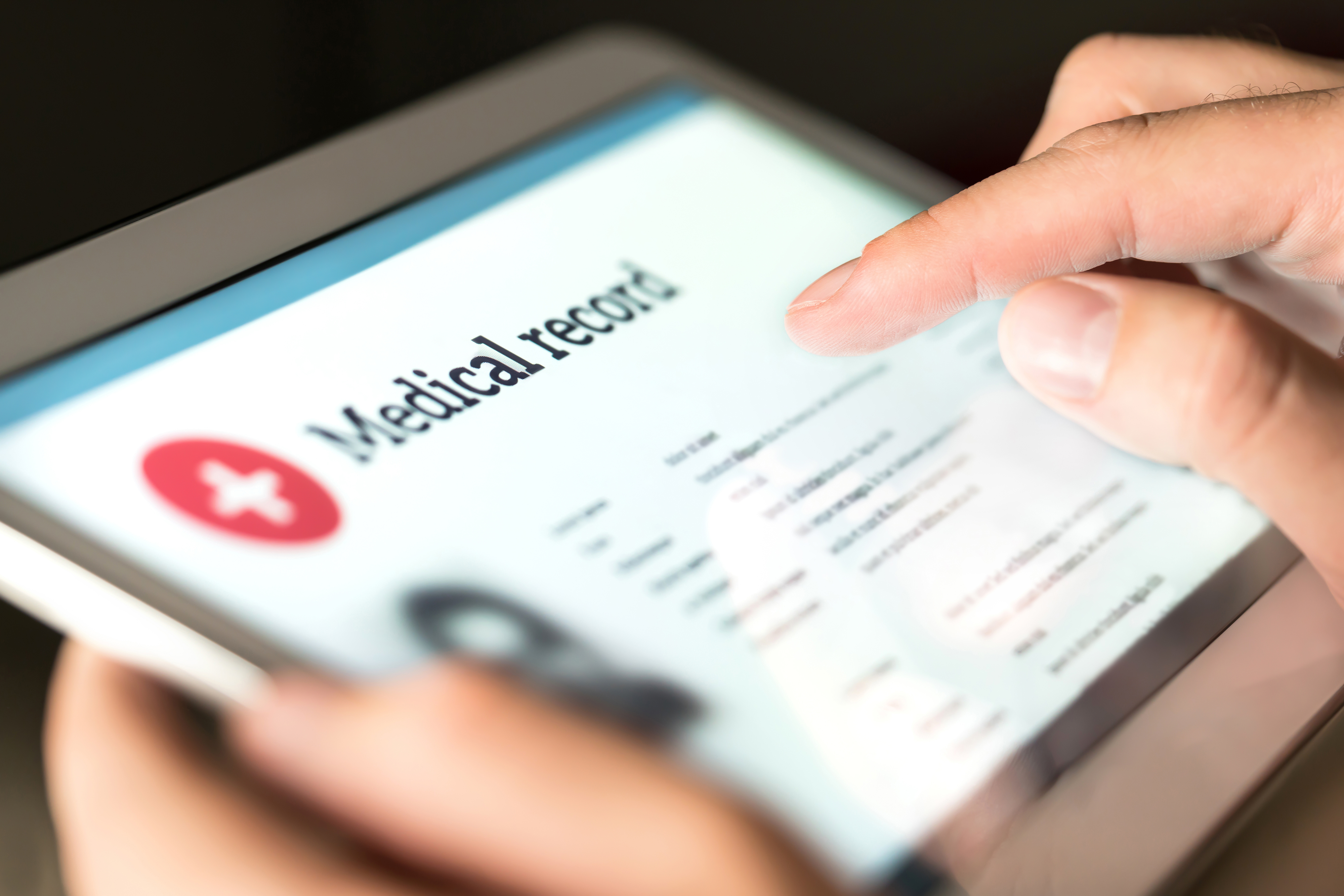Electronic health record (EHR) companies have their single biggest technical update to complete by September 2023, as announced in a recent a meeting with the Deputy National Coordinator of Health Information Technology. All EHR enhancements that are required to comply with the 2015 Cures Act standards must be completed by September 2023. All data that is shared must be normalized by that time and EHR technology vendors are required to certify with real world testing.
Will EHRs Implement the 2015 Edition Cures Update By the Deadline?
Topics: Interoperability, EHR, 2015 Edition Cures Update
EHRs have undoubtedly already changed the way healthcare works in America, and many of these changes have been for the better. Improved workflows and care delivery, enabled through EHR technology, are in many cases key to improving both patient and public health outcomes. But in the face of increasing requirements for providers, and the ever-looming need for health systems to justify their investment, EHRs must recognize that demand is high for a product that continues to improve and keep up with the changing times.
4 Things Clinicians Should Consider When It Comes To 2015 CEHRT
According to the proposed rule for 2019, use of 2015 Certified EHR Technology (CEHRT) will be required in the 2019 performance year. Many EHRs have already become 2015 CEHRT or plan to do so before next year, but not all have.
If you are a clinician trying to stay compliant and meet MIPS reporting requirements, there are a few things you should keep in mind to make sure that this new change won’t negatively affect you.
Topics: PRO Tips, MACRA & MIPS, EHR
How To Achieve MIPS Success (Despite a Mid-year EHR Switch)
I speak with a lot of different types of practices and healthcare organizations on a weekly basis, and so I get to learn about a lot of different challenges that organizations face in the shift towards value-based care and the adoption and implementation of Certified EHR Technology. Both are critical to maintaining a high level of quality of care and maximizing reimbursements from Medicare.
Topics: PRO Tips, MACRA & MIPS, EHR
What EHRs Can Do Now to Save Clients Time And Stress Later
Clients may consider options outside of their EHR to report MIPS for a number of reasons. They may want to combine Quality data from multiple EHRs, or report on measures only supported by registries. They may need to report for a practice that is transitioning to a new EHR.
Healthmonix has worked with clients using over 200 different EHRs to successfully report for MIPS through MIPSPRO, and in that time we’ve identified a few steps that EHRs can take right now to help keep their clients satisfied and stress-free when it comes to external MIPS reporting.
In an environment of ever-increasing demands for information, healthcare providers must ask more, document more and learn more about their patients. With more information comes more insight; this is evident as some of the hottest topics for healthcare IT include Big Data, Artificial Intelligence and patient data analytics. But to get to the point where patient data can successfully be used to identify care gaps and provide predictive insights, the information must be documented correctly.
Registry VS EHR Reporting: Your Optimal Strategy For MIPS Year 2
Hospital executives have to make tough decisions during the shift to value based care, especially when it comes to software. What systems are worth investing in, and how can you ensure your hospital is getting the most out of its money? In MIPS reporting, for example, it can feel like an impossible task to weigh the pros and cons of reporting via EHR or working with a registry.
Topics: PRO Tips, MACRA & MIPS, EHR, ROI
This One Major Disconnect May Devastate Hopes of MIPS Reporting Success
Considering that the CMS Quality Payment Program can generate payment adjustments of up to 22% of Medicare Part B FFS reimbursements, it’s no wonder that many providers and health systems hope to maximize these incentives. But navigating complex Medicare requirements can be near impossible without the right tools.
Topics: PRO Tips, MACRA & MIPS, EHR
Maybe you’ve reported PQRS in the past and are already preparing to make the transition to MIPS this year. Or, maybe this year is the first time your practice plans to report. Either way, your method of reporting can help determine whether or not you achieve your quality and revenue goals, and the benefits and drawbacks of different methods must be weighed in relation to the unique needs of your practice. To give you a place to start, this post compares and contrasts some considerations related to two common submission mechanisms: EHR and Qualified MIPS Registry reporting.
Topics: PRO Tips, MACRA & MIPS, EHR, ROI









